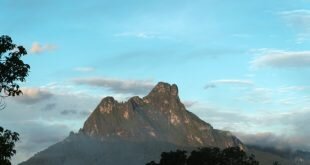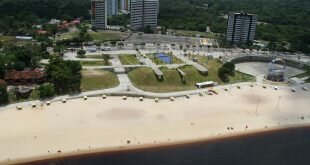The construction of the Southeast Pará Railroad Branch Line, which will carry the ore produced at the S11D mine to the Carajás Railroad (PA), resulted in the creation of the first viaduct for crossing fauna (overpass) in the country.
Determined by the Brazilian Institute of Environment and Renewable Natural Resources (Ibama) in Installation License (LI) No. 934/2013, issued for the construction of the Southeast Pará Railroad Branch, which will transport the ore produced at the S11D mine to the Carajás Railroad (PA), resulted in the creation of the first viaduct for crossing fauna (overpass) in the country. The railroad cuts through the Carajás National Forest at two points where the vegetation is in medium or advanced stages of regeneration.
Road Ecology studies estimate that every year around 450 million wild animals are killed by cars on Brazilian roads, which extend for approximately 1.7 million kilometers. By enabling a safe crossing for animals and allowing the dispersion of species that need extensive areas for survival, viaducts not only reduce the loss of biodiversity, but also accidents involving people on roads, highways and railroads.
In Brazil, the most common solution to guarantee the passage of animals is still the installation of underground tunnels. However, the good results obtained with the use of viaducts in North American and European countries have drawn the environmental licensing team's attention to the efficiency of this measure.
To define the most appropriate fauna passage for each stretch, the characteristics of the roads, the traffic, the spatial landscape, and the size of the wild animals present in the region of the project are taken into consideration.
The viaducts of the branch line were fenced with 2.2-meter high galvanized wire along a 100-meter length on each side of the accesses in order to ensure the direction, induction, and containment of the animals. Shrubs and small species were planted on the sides.
Another 30 passages, among viaducts and tunnels, were installed along the 100 kilometers of the branch line. There are already records of the transit of capybaras, armadillos, ocelots, giant anteaters, bush dogs, agoutis, iguanas, and golden cats.
 Manaus Ágil tourism and culture of the Amazon
Manaus Ágil tourism and culture of the Amazon

